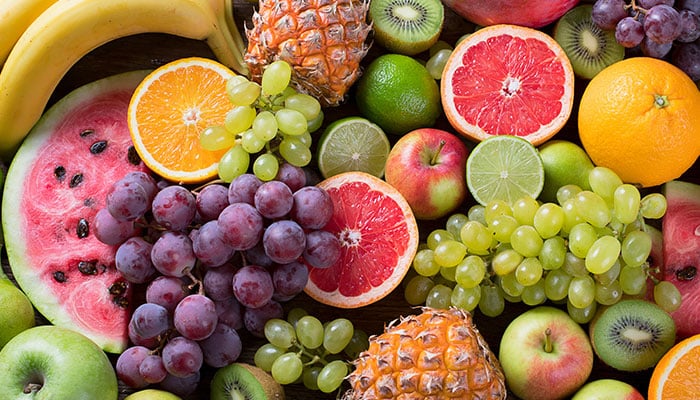
Article réservé aux abonnés


ANSES has just published its methodology report on the third French total diet study (EAT3).
Three EATs have already been conducted in France:
- The first EAT (EAT1), conducted between 2001 and 2005, targeted the general population aged 3 years and older and analysed 39 chemical substances.
- A second EAT (EAT2), conducted between 2006 and 2011, again targeted the general population aged 3 years and over, but this time analysed 445 substances.
- A specific EAT for children under 3 years of age (infant EAT) was conducted between 2010 and 2016, looking for 670 substances.
ANSES took the initiative to conduct a third EAT on the general population.
This third EAT (EAT3) targets more than 250 substances and is based on data from the latest Individual National Food Consumption Survey (INCA3), conducted in 2014-2015, which covers the general population in mainland France aged 0 to 79.
Children under the age of 3, who were the subject of a specific EAT (infant EAT) published in 2016, are not included in the EAT3 study population.
In this new study, the consumption of organically produced food was taken into account in the food sampling.
The purpose of this self-referral is to:
- Update the data on the concentration of certain chemical substances in food already analysed in previous EATs, and acquire data on new substances and on the levels of contamination in organic food;
- Estimate the chronic dietary exposure of the population in mainland France to a large number of substances, after combining with food consumption data from the INCA3 study;
- Carry out assessments of the associated health risks by comparing these exposures with health reference values;
- Issue recommendations to public authorities, industry and consumers with a view to reducing contamination and/or exposure to substances potentially associated with a health risk, and/or recommendations for research (toxicological, analytical, etc.).
The families of substances selected are as follows (provisional list presented in Annex I):
- Heavy metals,
- Persistent organic pollutants (PCDD and PCDF, PCB),
- PFAS,
- Polybrominated compounds (PBDE and HBCDD),
- Mycotoxins,
- Phytoestrogens (isoflavones),
- Residues of plant protection products and biocides,
- Newly formed substances (acrylamide, PAHs)
- Other contaminants (chlorate and perchlorate ions, bisphenols, phthalates, etc.).
Other substances not included in this study may also be analysed at a later stage, depending on the needs of the health risk assessment.
276 foods were selected for sampling in the EAT3 (list in Appendix 2). This selection covers more than 90% of the consumption of most groups for adults and children.
This methodological report is a preamble to the initial results of this third total diet study (EAT3) in France. The results will be published in successive reports and opinions once the risk assessment has been finalised. A report and a final opinion will summarise all the results and provide an overall assessment of the population's exposure to chemical hazards through their diet in France.
Please note that your Phytocontrol laboratory offers COFRAC-accredited analyses. You can consult our COFRAC technical appendix No. 1-1904, available in your customer area or on the COFRAC website.
Need technical, regulatory or pricing information? Our customer service team is available from 8 a.m. to 6.30 p.m. Monday to Friday on +33 800 900 775 or service-clients@phytocontrol.com.
And to keep up to date with all the latest news from Phytocontrol, join us on our LinkedIn page!




